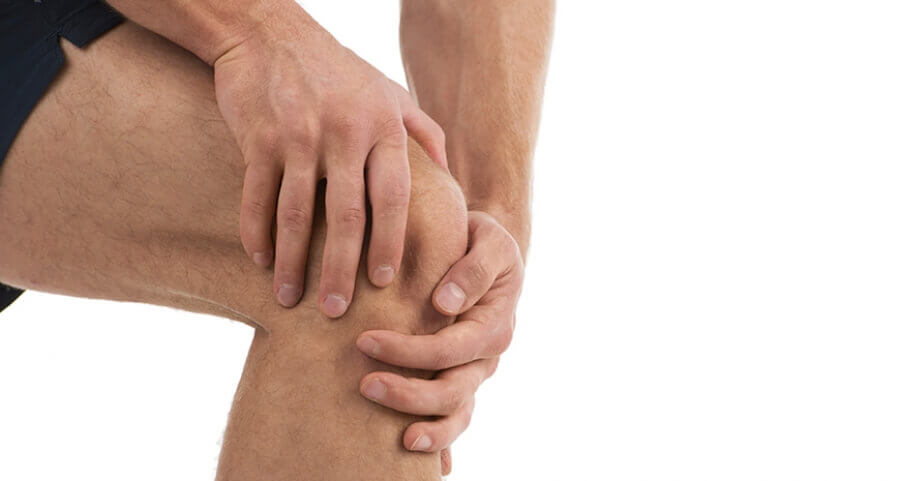Headaches & How Physiotherapy Can Help
Headaches affect almost two thirds of the population. There is significant clinical evidence and research to confirm that many headaches arise from stiffness in the joints of the upper neck.
Anatomy of the Cervical Spine (Neck)
The cervical spine is made up of 7 vertebrae in the spine, stacked on top of each other, starting just below the skull and ending at the base of the neck. The cervical spine has a lordotic curve (a backward “C”-shape), with its inherent structure providing a large degree of movement in all directions. Successive vertebra are ‘linked together’ via a pair of facet joints, one on each side of the neck, with an intervertebral disc in between each vertebra. The atlas (first cervical vertebra – C1) sits on top of the axis (second cervical vertebra – C2), with their unique arrangement and its associated ligaments, provide the neck with its high degree of rotation.
What causes a Cervicogenic Headache?
The joints most commonly causing headaches are the upper facet joints (the joints formed by ‘side links’ between the vertebra), that under normal circumstances should glide freely to allow neck movements. If the joint, surrounding ligaments or muscles are injured, the joints can become stiff and the associated spinal nerves become irritated, acting as a trigger for referred pain into the head and behind the eyes. Misdiagnosis is common.
What Are The Symptoms?
If you have any of the following symptoms, it could suggest the headache has originated in the neck, and can therefore be relieved by physiotherapy treatment:
- history of trauma to the neck (i.e. acute: whiplash, chronic: repetitive work / sporting activity)
- often appears as a slow, insidious onset
- described as a constant, steady, dull ache,
- maybe present for days / weeks / months
- stiffness and restricted movement of the neck
- the headache seems to radiate from the back to the front of the head and often appears worse on one side.
- headache is brought on by certain neck movements or sustained postures eg. sleeping face down with the head turned to one side.
- headache appears to ease when pressure is applied to the neck or the base of the skull.
- often involves light-headedness and nausea
What To Do?
Physiotherapy management will involve a thorough clinical history related to the headache qualities and a physical assessment of the movements of the neck. This will usually provide sufficient information for a diagnosis, however if the physiotherapist isn’t satisfied that the injury is ‘mechanical’ in nature (i.e. abnormalities in the cervical joints, fascia and neural structures), then the individual needs to be referred to a sports physician / neurosurgeon for further investigations (i.e. neurological testing, CT scans) and the exclusion of more sinister causes of headaches.
What Can Be Done?
The individual with upper neck stiffness will usually respond very well to physiotherapy. Treatment is based on scientific research led by physiotherapists and is concentrated on immediate correction of the neck stiffness and any precipitating factors that may be present. This treatment program includes:
- Massage: will assist in resolving the multiple trigger points (small hypersensitive areas within a muscle) located within the short muscles at the base of the skull. These trigger points cause dysfunction in a muscle, reducing muscle length and strength and may also refer pain into the either shoulder or the head (front and / or back). Massage will help relax and remove trigger points to improve neck muscle function.
- Joint Mobilisations: are passive movement techniques applied to the vertebral joints of the cervical spine. Joint mobilisations aim to restore full pain-free range of motion in each of the cervical joints. To help prevent the recurrence of your headaches you will be shown exercises for your neck so you can maintain your ‘new’ mobility and movement.
- Stretching: poor cervical extensor muscle flexibility can ‘overload’ the upper cervical joints and associated structures. Hence, a regular stretching program to maximize their length is essential for correct neck function.
- Strength: Research performed by physiotherapists has found that ongoing neck problems may be due to weakness in the supporting and postural muscles. Loss of postural control can lead to the neck poking forward and a rounding of the shoulders ie, slouch. This combination overloads the neck joints and other soft tissue structures, which over time, summates to cause pain and dysfunction. Specific strength trainiing will aim to reverse weakness in the correct areas.
- Ergonomic Assessment of Workstation: the layout and design of your workstation (desk height, chair height, computer screen, desk space) can significantly increase the postural load on your bodies joints and muscles throughout a long work day; as such, this may lead to developing neck pain and headaches.
- Stress: is often a large precipitating factor associated with cervicogenic headaches. As such, these need to be identified and addressed as part of the rehabilitation program, as it will significantly lower the occurrence of the headaches.


